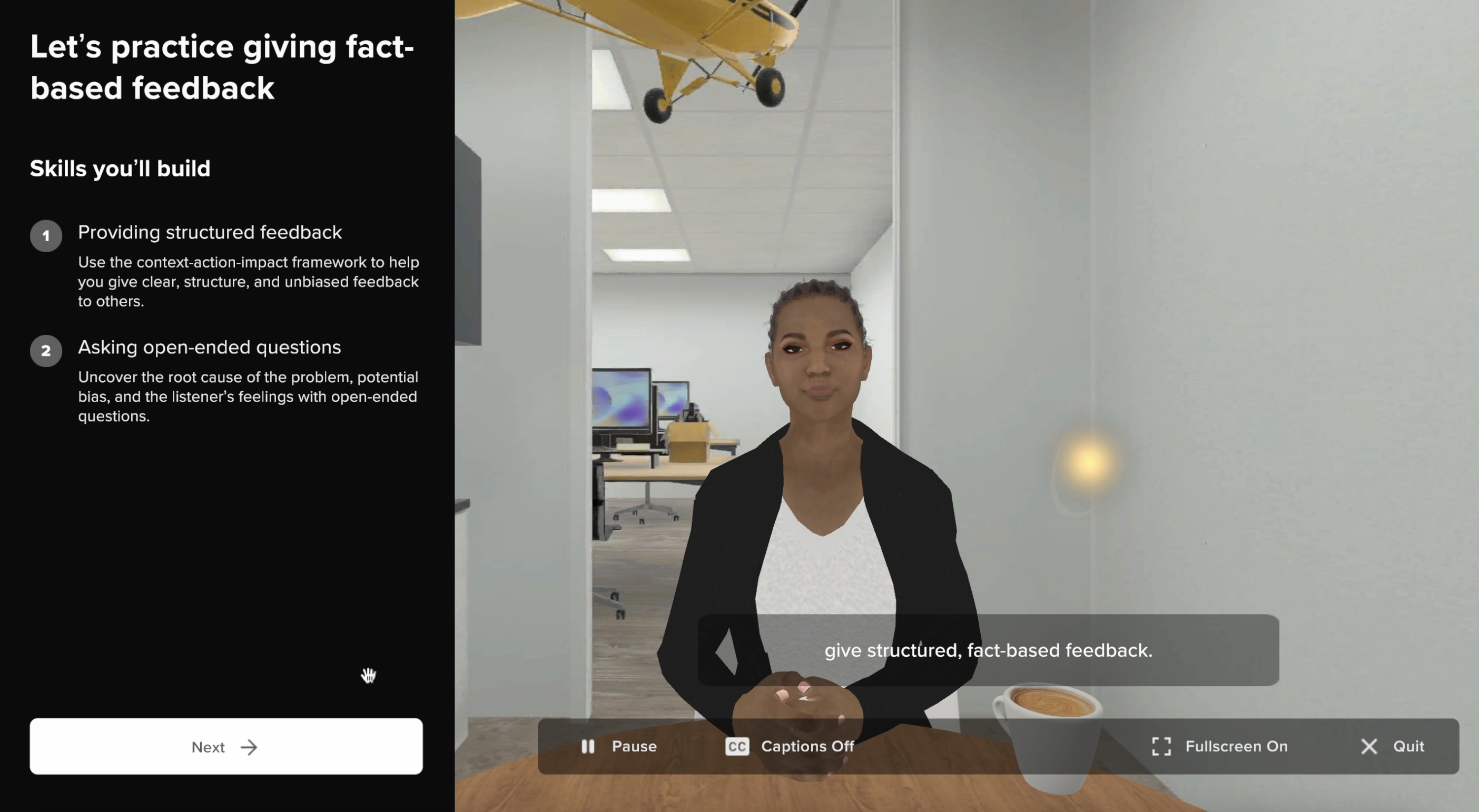Picture this — you’re a sales leader at a leading fitness brand. Your team has been tasked with spearheading the company’s expansion into Latin America. You convene your team for a brainstorming session to come up with creative and impactful strategies to make this expansion a big success.
Your team includes Alejandra, a Mexican-American woman who has previous work experience launching new business ventures in the region. Despite her unique insights, Alejandra often finds herself overshadowed by more vocal colleagues. You are under pressure to come up with something fast that you can present to your executive colleagues. You pick one of the general ideas and inadvertently overlook Alejandra’s attempts to share her expertise.
Several months into the expansion, the results are underwhelming. The cookie-cutter approach that was hastily adopted failed to resonate within the intricately varied markets.
This is where inclusive leadership could have made all the difference.
Defining Inclusive Leadership
According to in-house experts in learning design and organizational psychology at Praxis Labs, inclusive leadership is defined as:
The process of a leader engaging in behaviors that adapt to the individual and collective needs of a group, resulting in people feeling included, valued, and treated fairly; they effectively use their understanding of diversity to enhance team and organizational outcomes.
Inclusive leadership isn’t just a concept or a theoretical model, but an active practice that requires an interrelated set of skills and behaviors. It is a lever of business success, honing in on its application in improving employee experience and team performance. As a predictor of organizational culture and business outcomes, inclusive leadership is the new leadership standard for forward-thinking businesses. Inclusive cultures are 3.8x more likely to harness the full potential of their employees. Moreover, they experience lower turnover rates as employee morale tends to be higher.
Inclusive leaders understand the importance of diversity and actively seek to create a culture of inclusion. They promote equitable opportunities for all employees, regardless of their background, race, gender, or any other characteristic. They embrace and celebrate differences, recognizing that diversity can lead to innovation, creativity, and better decision-making.
Inclusive leadership is not only about diversity and inclusion, but also about creating a sense of belonging for all. It involves fostering a culture of psychological safety, where individuals feel comfortable being themselves and expressing their ideas without fear.
Overall, inclusive leadership is about creating a workplace where everyone feels valued, respected, and empowered to contribute their best.
Why Embrace Inclusive Leadership?
Embracing inclusive leadership is crucial for several reasons:
- Increased innovation and creativity: Inclusive leaders understand that diverse perspectives bring new ideas and insights. By embracing diversity and creating an inclusive environment, they encourage collaboration and creativity, leading to innovative solutions and better business outcomes.
- Enhanced employee engagement and retention: When employees feel included and valued, they are more engaged and motivated to perform their best. Inclusive leadership fosters a sense of belonging, which contributes to higher employee satisfaction, retention, and productivity.
- Improved decision-making: Inclusive leaders value and seek different perspectives, leading to more well-rounded decision-making. By considering diverse viewpoints and experiences, they can make more informed and effective decisions that benefit the entire organization.
- Access to a wider talent pool: Inclusive leadership attracts and retains a diverse range of talent. Organizations that prioritize inclusivity are more likely to attract candidates from diverse backgrounds, bringing in a wider range of skills, experiences, and perspectives.
- Enhanced reputation and brand image: Inclusive leadership demonstrates a commitment to diversity and inclusion, which can positively impact an organization’s reputation and brand image. Organizations that are known for embracing diversity are more attractive to customers, clients, and partners.
Why Be Anything But Inclusive?
Embracing inclusive leadership helps foster a workplace that not only promotes a culture of inclusion and belonging but drives innovation, engagement, and effective decision-making. By actively valuing and integrating inclusion into every action and behavior, organizations can create a more inclusive and valuable experience for all.









